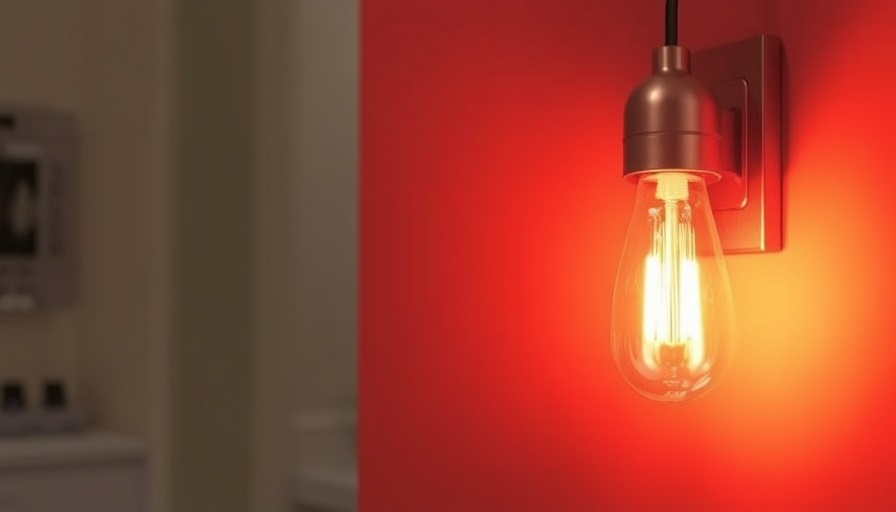
Transform Your Backyard into a Cinema on a Budget
Imagine cozy evenings spent under the stars, complete with popcorn and your favorite films projected onto a screen. Hosting an outdoor movie night doesn't require a hefty budget or complicated equipment. In fact, you can set it up for less than $200! Let's explore how easy and affordable it can be, allowing your family or friends to enjoy a cinematic experience right from your backyard.
Essential Equipment: Budget-Friendly Choices
For an unforgettable outdoor movie night, you'll only need three key items:
- Smart Projector ($99): We recommend the Aurzen EAZZE D1, which is versatile and user-friendly. With WiFi and Bluetooth connectivity, streaming movies from platforms like Netflix is a breeze. Additionally, its auto-adjusting picture settings ensure your viewing experience is effortless, whether you set it up in front of or behind the screen.
- Collapsible Outdoor Movie Screen ($39): Opting for a ready-made screen guarantees a clear image. This particular model is 80 inches diagonally, but larger options are available if your space allows. A DIY option may save money, but investing in a screen minimizes setup headaches.
- Bluetooth Speakers ($46 for 2, optional): Enhance your auditory experience by connecting Bluetooth speakers. Although the projector has built-in sound, external speakers create a more immersive atmosphere.
Quick Setup Equals More Enjoyment
One of the best features of this equipment is its simple setup. In a time-lapse video, we demonstrated how to assemble everything in under three minutes! Imagine having your screen ready to go without the usual stress of tech setups. With each piece working in harmony, you're just moments away from enjoying a film with loved ones.
Tips for a Smooth Outdoor Movie Experience
While hosting your outdoor movie night, keep a few things in mind:
- Check Your Space: Make sure you have enough outdoor space for both the screen and seating. A flat surface can enhance the viewing experience.
- Plan for Weather: Set up some coverings in case of unexpected drizzle! Having a backup plan can save the evening.
- Choose the Right Time: Wait for dusk to begin your movie for the best visuals. It's worth it to let the sun set before you hit 'play.'
The Joy of Outdoor Movie Nights
Hosting an outdoor movie night is not just about the film; it's about creating memories with your loved ones. From sharing laughter over snacks to experiencing the thrill of a great movie, these gatherings more than justify the minimal investment. So why wait? Grab your equipment, invite your friends, and enjoy an evening under the stars!
 Add Row
Add Row  Add
Add 




Write A Comment